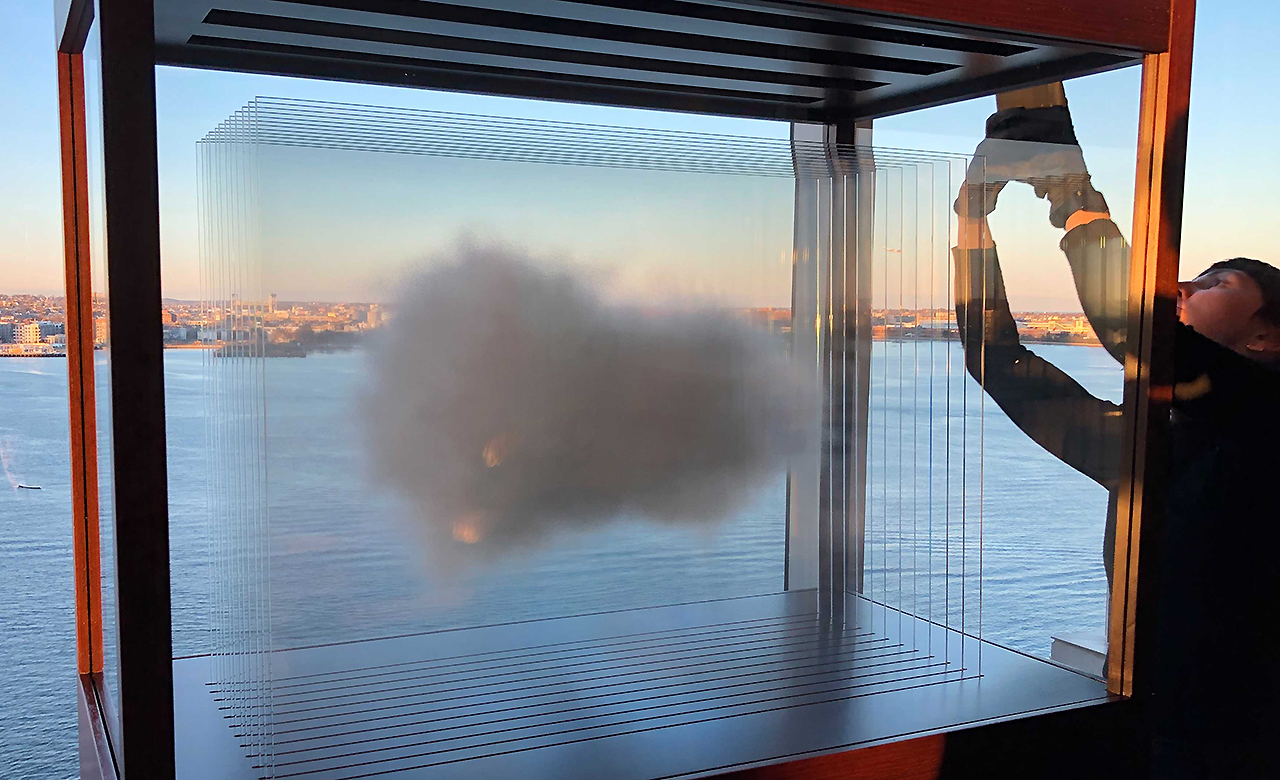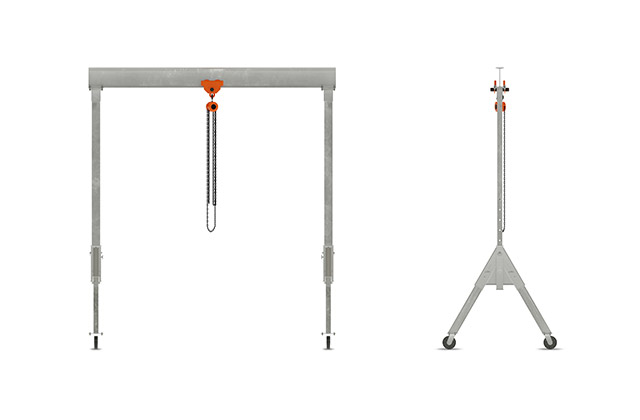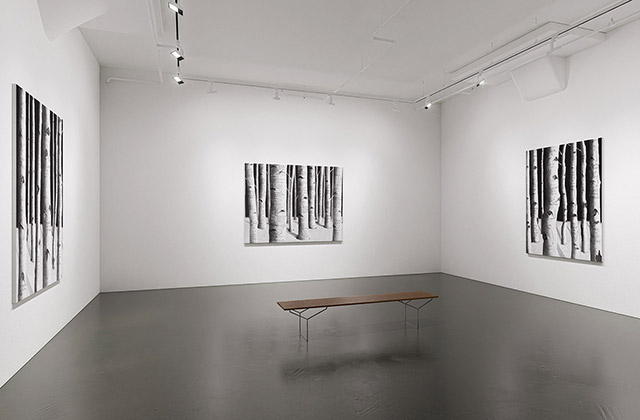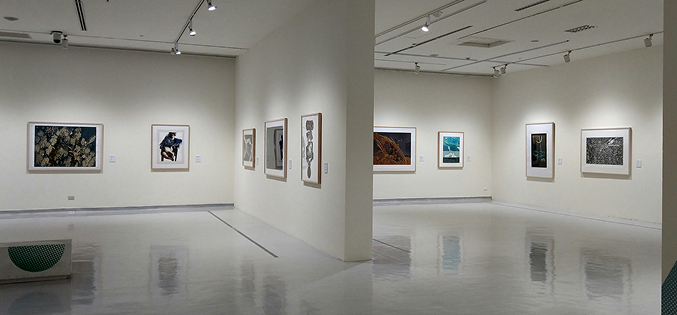- Services
- Storage
 Our facilities, located in New York City, Boston, Connecticut and Washington, DC have been designed with the special needs of the fine art market.
Our facilities, located in New York City, Boston, Connecticut and Washington, DC have been designed with the special needs of the fine art market. - Project Management
 Maquette's Project Managers, including PMI-certified experts, bring over 90 years of combined experience to managing high-level museum projects.
Maquette's Project Managers, including PMI-certified experts, bring over 90 years of combined experience to managing high-level museum projects. - Crating and Packing
 Maquette crating offers a full spectrum of crating and packing options to meet budgetary or conservation requirements.
Maquette crating offers a full spectrum of crating and packing options to meet budgetary or conservation requirements. - Transport
 Maquette utilizes a fleet of fine art specialized vehicles to transport your collections.
Maquette utilizes a fleet of fine art specialized vehicles to transport your collections. - Fine Art Installation / Rigging
 Maquette specializes in detail-oriented, hands-on installation of all forms of art and offers a full range of rigging options as a part of our services.
Maquette specializes in detail-oriented, hands-on installation of all forms of art and offers a full range of rigging options as a part of our services. - Facility Services
 Maquette's facilities offer the supportive services needed to assist in managing fine art collections.
Maquette's facilities offer the supportive services needed to assist in managing fine art collections.
- Storage
- Our Philosophy
- Estimates
- Info
Chuck Agro: What is an art service project manager?
April 1This is the first post in a planned three part series on defining art service project management.
Not what it is, but what it should be.
I have the unique experience of being an art service project manager on both sides of the art service table. I’ve been the buyer and the seller having bid on, received and managed projects as a commercial project manager and I have posted RFQs and hired vendors to manage projects when I worked as a manager for a museum.

What is an art service project manager?
In the art service industry there is no consensus on what project management means and for those posting a “request for quote” (RFQ), or cold calling for bids, what you get for a project manager can be a crap shoot.
I know this because I have had to compete against, interview or hire many of the industry’s art service project managers. I am always surprised at the lack of knowledge or consistency on what most industry service providers thought was required to “manage” a project. Most could quote on an RFQ but after that the project was on its own.
Don’t get me wrong, there are some very good project managers in my industry and I am fortunate to know many of them but they have each come upon their skill sets independent of formal training in the field. They are dedicated individuals who take pride in their work. Not everyone or every company in the art service industry is as dedicated or has access to mentors that can adequately train them, and unfortunately it’s the institutions that require guidance and structure for a project that suffer.
I know this because I have seen it.
This is the situation I inherited when I started managing my former institution’s projects. The projects were not organized with the institution’s needs in mind or managed to stay on schedule or on budget. The institution required accurate budgeting and scheduling otherwise soft-costs quickly accrued. Soft-costs are the administrative and staffing costs that don’t show up in an RFQ. The problem with a project coming in over schedule or budget are obvious but coming in well under budget and schedule have their own ramifications.
Scheduling soft-costs, (staffing and administration), in advance for an institution means that other projects have been put on hold. If the primary project doesn’t require the estimated schedule by a significant amount the institution’s resources have been wasted.
Even more damaging is a project coming in well under budget. Most institutions need to escrow the quoted amount of a project. If the project comes in significantly under quote those funds have been needlessly locked down.
What you want is a project manager that can bring a project in at +- 5% of schedule and budget and identify, well in advance, both contingencies and possible scope changes that could impact a project and then have a plan in place to circumvent those possibilities.
This was exactly the reason I was brought into the museum world from the commercial world. The stakeholders were familiar with a relocation I managed at another large institution using traditional project management methods. They had just started a ten-year plan of capital projects and the first one that had started was not going well. I came in and got it back on track. I was there for 14 years and managed over 21 individual projects, or relocations, during that time. All came in on-time and on-budget with no loss or damage.
I have been an art service project manager for thirty years and in the art service industry for over forty years. I use an Agile Project management format which allows for flexibility in project phasing and rapid shifts in direction and I establish scrums with my stakeholders and site managers in order to provide a structured way to implement the project’s principles.
Most industries that use project management to achieve their goals typically require certification and have standardized expectations and training in their specific field.
In the art service industry there is no official training or standardization. Many companies use the title “project manager” as a “hook” when what they really mean is “estimator”. Estimating is a small part of what an art service project manager should do.

So what is an art service project manager?
An art service project manager is an individual, or team, experienced in the art service industry that can organize your project to identify and achieve your project’s primary and secondary goals. They oversee, train and supervise both their staff as well as your staff on project methods and protocols. They prioritize stakeholder needs and project requirements. They save revenue and time by identifying and eliminating soft-costs. They keep the project on point, on budget and on schedule regardless of contingencies. They update stakeholders regularly through detailed agendas, individual reviews and regularly reported logistics. And they communicate well and often to stakeholders before, during and after the project.
An art service project manager should be your project lead and partner on the project and not just your estimator and service provider.
The above is what you should be expecting when you are planning to hire a project manager.

What should an art service project manager do?
Listen, Communicate, Partner, Organize, Estimate, Budget, Schedule, Chart and Manage.
If the first thing they do is talk about their company instead of listening to you about your problem and goals then you know you’ve got the wrong person. The primary goal of a project often gets muddied by the secondary goals of the many stakeholders and it’s the project manager’s job to listen to all involved and sort out what the primary and secondary objectives need to be.
If what you receive is a list of costs with no explanation of procedure or structure you should expect issues. You want a project team that communicates processes, procedures and structure from the beginning.
There is a difference between hiring a vendor to perform a task and working with a manager that will partner with you to find the best solutions.
You should expect a project manager to estimate the required services and develop a budget and schedule from their estimates. These can be charted and are your project’s logistics. If your project manager is in control of your project they can tell you by the hour if your project is on track. They should be able to provide weekly statistics comparing the budget to the schedule and identify not only what was used but what there is remaining.
Depending on the scale of the project you should expect logistic reports to stakeholders on a set and regular schedule. For a multi-year project these should be reported weekly.
You want a project manager that is managing the project. They don’t necessarily need to be a site supervisor but they should have assigned one for your project that controls the site. You should expect the project manager to be onsite at the beginning, middle and end of each project phase to ensure their staff is properly prepared, to ensure quality controls are being met and to be aware of the mood or temperature of the project. They need to be in touch with the physical manifestation of their plans in order to gauge what’s working and what isn’t.
Any decisions to adjust methods, materials, structure or schedule need to be first discussed with the stakeholders before implementing which means the project manager needs to be in touch with the project to address these well in advance of their becoming an issue.
You want a project manager that understands preventative conservation and risk assessment as well as risk mitigation as an integral part of their project planning.
Finally, you want a problem solver. You want someone that not only can see the problems that haven’t happened yet, but that can anticipate them and have a solution in place to circumvent the problem. This requires an engaged, creative manager.
In short, if you hire an individual or company to manage a project for you then their job is to manage the damned project from top to bottom. If you sense you’re getting anything less, look for someone else.
Next: Why hire an art service project manager?
#art service project manager #art services #fine art services #project managementRecent articles - Estimates
